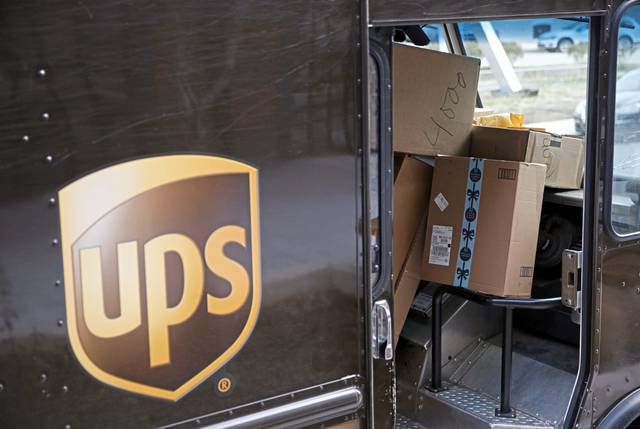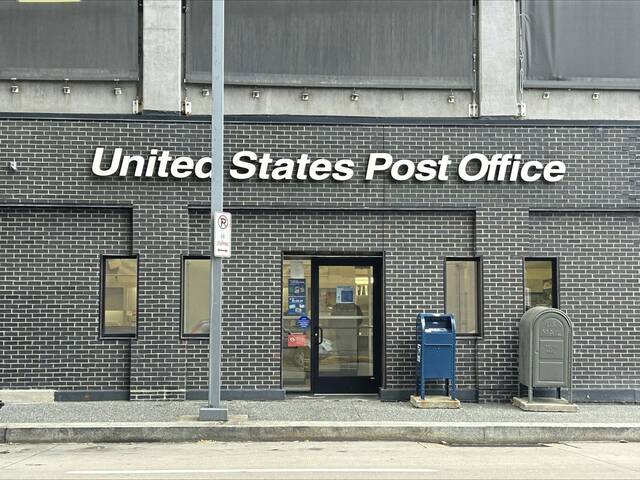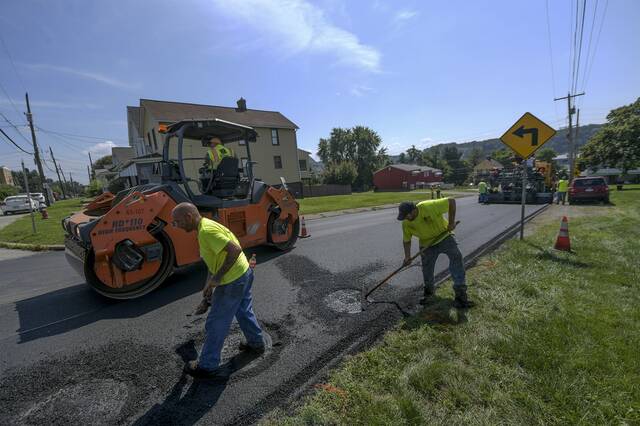We can all remember the run on consumer goods like toilet paper and cleaning supplies back in March and April 2020. With an unknown, invisible virus circulating among us, any items or surface touched by a human hand were a target for disinfection.
Groceries and other items delivered to our home were methodically cleaned and wiped down to keep the virus from inadvertently infecting our families. With many people shifting to working remotely, bathroom breaks required using our own toilet paper and hand soap, creating an unanticipated surge in consumer goods packaged for household use.
Human behavior is such that anything that we believe to be in short supply is more desirable, creating a propensity to hoard such goods, launching a self-fulfilling cycle of high demand met with limited supplies.
Producers and manufacturers adapted, and many of the shortages we saw on the grocery store shelves have largely disappeared.
We often associate industrial robots with the automotive industry. However, in 2018, more robots were shipped and deployed for non-automotive than for the automotive industry. The food and consumer goods industries have been the leader in such applications, with the food industry embracing robots for preparation, processing and packaging.
For example, a butchery robot may have prepared the meat you purchased at the grocery store, or an icing robot may have put the final touches on the cupcakes your children eat at lunch. Industrial robots execute repetitive tasks more quickly, more efficiently and more safely. Robots allow these industries to remain competitive by increasing production capacity at lower cost.
This ongoing transition from humans to industrial robots has enormous public health benefits. Robots are immune to covid-19. Robots require fewer human interactions to produce the same output. They provide some of the resiliency now enjoyed by manufacturing and production supply chains.
As the number of covid-19 cases continues to surge upward across the nation, and as we head into the holiday season, demand for consumer goods and holiday-specific foods will grow. The four weeks between Thanksgiving and Christmas represent the peak shopping period for many retailers.
With e-commerce continuing to grow at a record pace, the biggest challenge for retailers is the last mile of delivery, getting their products into the hands of consumers. Companies like FedEx and UPS and the U.S. Postal Service provide such services, and have adapted to this growing surge in e-commerce. They will continue to provide such services during the holiday season, at even higher volumes, though promises of two-day delivery may be more difficult to satisfy.
Will more covid-19 cases cripple the nation’s supply chains? If it was going to do so, it likely would have already brought them down. If covid-19 had initially struck the nation today rather than early March 2020, the supply chain would have needed to adapt during a period of high demand. With sufficient time to adjust, widespread shortages will likely occur with overzealous demand rather than supply shortages and production breakdowns.
Given the shift from in-person bricks and mortar retail to e-commerce, traditional high volume sales days like “Black Friday” and “Cyber Monday” are being elongated over longer time horizons, creating “Black November” and “Cyber December” sales events. Demand for products during the 2020 holiday season will mirror demand in previous years.
What will be different is how such demand is filled and how retailers will respond. The supply chain required to fill such demand will remain available and adaptable. The one factor that will always remain unpredictable is human behavior by consumers.








